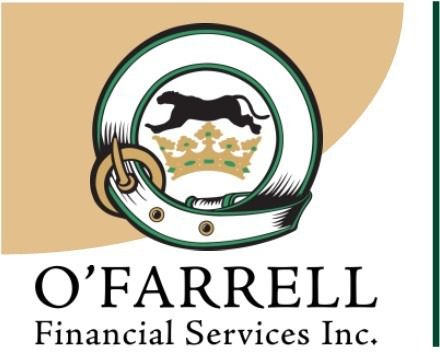by Daren Givoque, Financial Advisor, O’Farrell Financial Services
In January, 2018, the Canadian government put new tax on split income (TOSI) rules into effect, causing many business owners to have to adjust how they withdraw money from their corporations.
With this tax change, a client was unsure of how he could withdraw money from his business without paying tons of tax.
Prior, he was taking advantage of income splitting by including his spouse and children as shareholders in the business, paying them each a salary and reducing his family’s overall tax bill. The new TOSI rules required him to prove that the salary being paid to his wife and children was reasonable and related to the job they were doing for the business.
As his children were young and his wife active in her own work, there was no way to claim that the money being paid out to his family was fair under the new rules. It was clear that he had to reorganize how he withdrew money from his company, and find an alternative solution to avoid heavy taxation.
While it is no longer straightforward for business owners to withdraw money from their corporation without being heavily taxed, there is another tool that can be used – Life Insurance. Buying certain types of life insurance can help you withdraw money from a corporation and shelter it in a tax-free environment. It is essentially a tax-free savings account for businesses.
Normally, excess corporate profits stay trapped within the company. If the money does not grow, there will be no growth to tax; but if it is passively invested, and the gains are not directly attributable to the active growth of the company, it will be subject to aggressive taxation.
With tax-exempt life insurance, there is a way to shelter your surplus as a corporate investment. The main types of tax-exempt life insurance policies are whole life insurance, universal life insurance, and universal life insurance with guaranteed investments. As opposed to term insurance, these products include cash value, which is essentially a savings component.
Money that has been invested, and the growth within the savings portion of the life insurance policy, can flow to the business owner tax-free when they choose, or to their heirs in a very tax-efficient way at their estate.
It is important to note that this strategy is a long term one. Insurance is a great investment for corporations, but it is a 10-15-year commitment. Business owners who invest money in life insurance products should be comfortable with having limited ability to access it in the first five years.
Talk to an advisor to see how you can use life insurance to your advantage and save your hard-earned money from taxation.
See our ad in this week’s North Grenville Times and follow us on Facebook @OFarrellFinancialServicesInc.








